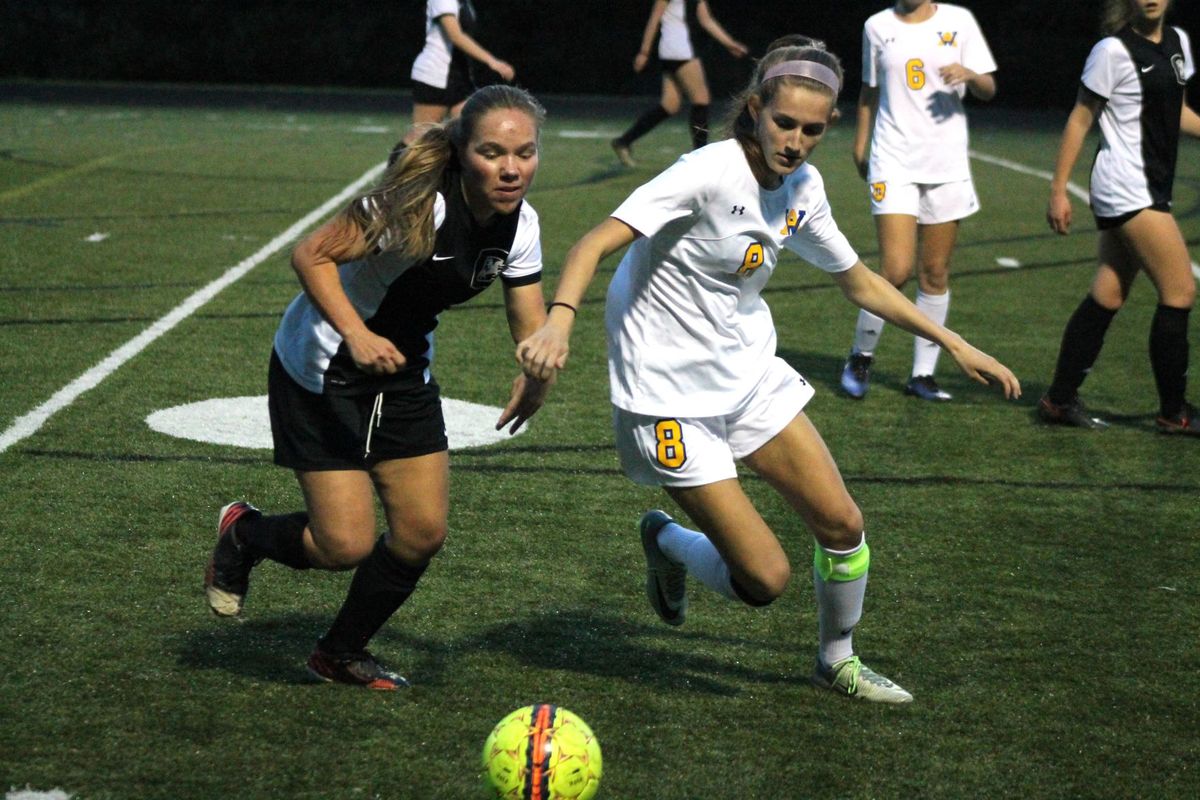May 23, 2017Seven Factors
Training athletes, at any level, entails a mixture of heart, energy, and intensity. It takes knowledge of the science of strengthening, along with understanding how to motivate athletes.
Before putting together a plan, I always start with seven “must have” factors. In my book, training must be:
- Fun: It has to get the athletes excited.
- Strategic: Everything we do has to correspond to performance.
- Confidence Building: The athletes need to know their training is making them better.
- Efficient: We must ensure the highest return from our time, effort, and intensity.
- Individualized: Training needs to accommodate each athlete’s body type, past injuries, role on the court, response to workouts, and life outside the sport.
- Process Focused: We maximize every day, and we don’t compare ourselves to others.
- Team Focused: Coaches, families, and players all play a major part in the team’s success. We meet frequently as a group to reaffirm our commitment to the mission.

All of these elements come together in a detailed strength and conditioning plan that is composed of four- to six-week training blocks. Each has a specific focus, which determines the movements, loads, and volumes we use. The primary focus is always enhancing performance, not just lifting for lifting’s sake. This philosophy helps me explore movements that will produce the desired adaptations.
We also take into account the needs of each individual when selecting exercises. There is no blanket answer to which specific movements are best — it all depends on the athlete.
Our exercise library is broken into categories based on planes of motion (upper or lower, anterior or posterior, and unilateral or bilateral), type of muscle action (isometric, concentric, or eccentric), how fast we execute each movement, and whether it is a pull or press. On the platform, we perform high-force power movements, such as clean pulls, power cleans, and split jerks. Our heavier, axial-loaded lower-body exercises include back squats, front squats, hex bar squats, dead lifts, and leg presses.
A final piece to our strength training puzzle is band work. Research shows the benefit of adding variable resistance to strength movements, which we do by incorporating bands in two ways. The first is to assist athletes in completing movements, and the second is to increase load. The intensity of the bands and how we use them depends on where we are in the training year.



